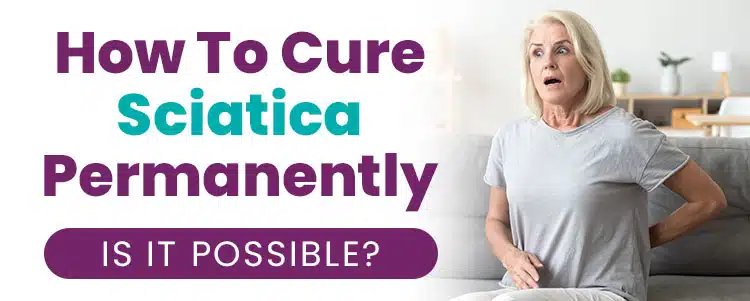

How To Cure Sciatica Permanently [IS IT POSSIBLE?]
Sciatica pain is treatable and can be greatly improved, especially when conservative treatment with a proactive approach is done.
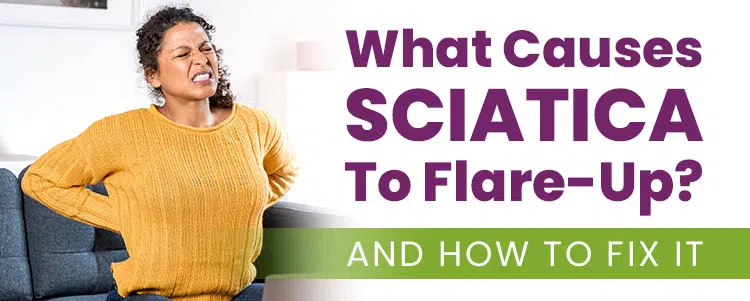

What Causes Sciatica To Flare-Up? [AND HOW TO FIX IT]
When the sciatic nerve is compressed, it becomes irritated. This irritation results in pain that irradiates all the connected pathways, and this is what causes pain flare-ups.


What Will The Hospital Do For Sciatica Pain? [ANSWERED]
When going to the hospital for sciatica pain, the most they can do and their main priority is to treat the pain, which is often the cause of the visit.
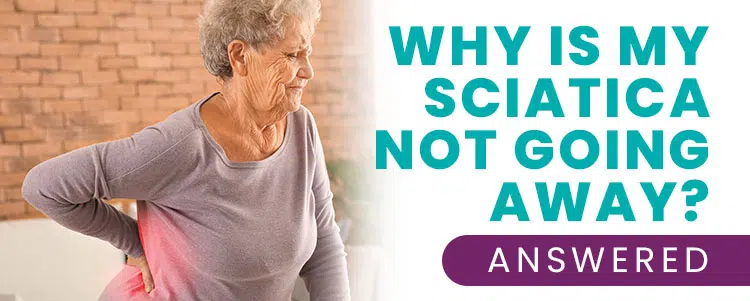

Why Is My Sciatica Not Going Away? [ANSWERED]
Outcomes can often be unpredictable when the sciatic nerves are involved. Depending on the severity of the sciatica pain, it might not go away until the cause is addressed.


How Long Does Sciatica Last? Get Relief & Treatment
Sciatica pain will last depending on individual patient conditions. It could last for days, even weeks.
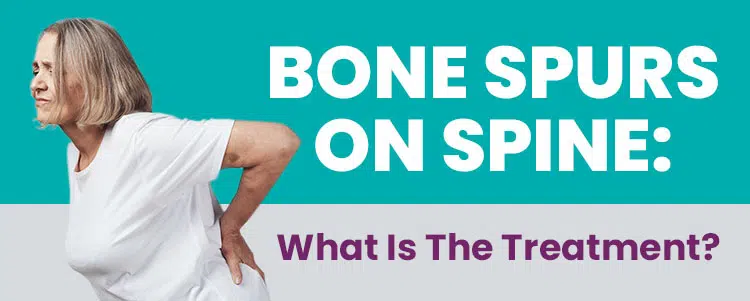

Bone Spurs On Spine: What Is The Treatment?
Joint damage in the spine is the primary cause of bone spurs. These bony projections can appear anywhere in the spine due to different underlying causes.


What Is Multilevel Degenerative Disc Disease? [ANSWERED]
When the intervertebral discs of the spine experience pressure of gravity over time, and begin to deteriorate, create what is known as multilevel degenerative disc disease.
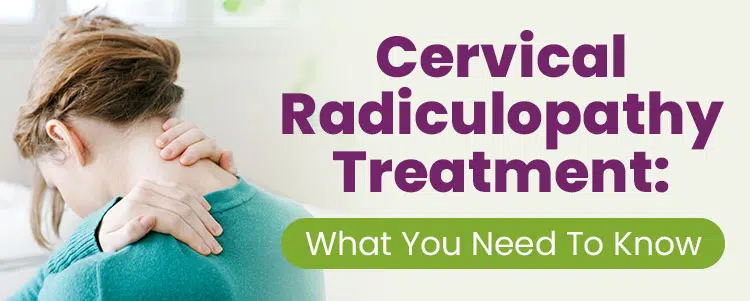

Cervical Radiculopathy Treatment: What You Need To Know
Cervical radiculopathy is a compressed root in the neck area of the spine that becomes irritated.
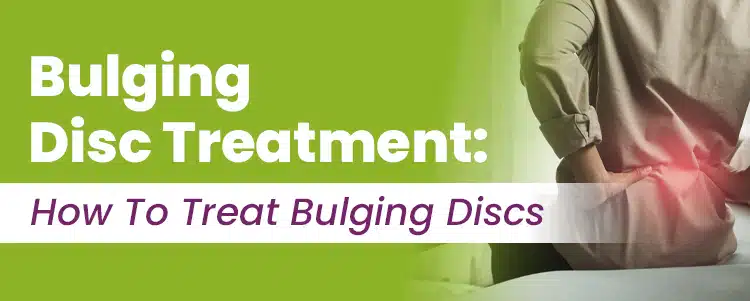

Bulging Disc Treatment: How To Treat Bulging Discs
A bulging disc is a disc that is protruding outwards in the spine. There is often an underlying cause of this condition and if it is not treated the disc can become herniated.
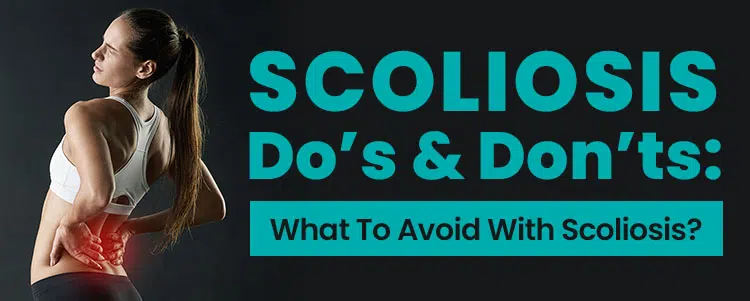

Scoliosis Do’s & Don’ts: What To Avoid With Scoliosis?
Scoliosis is individual and unique for each patient. In that same way, what a patient can and can not do will vary on condition severity, pain level, and location of the curve.
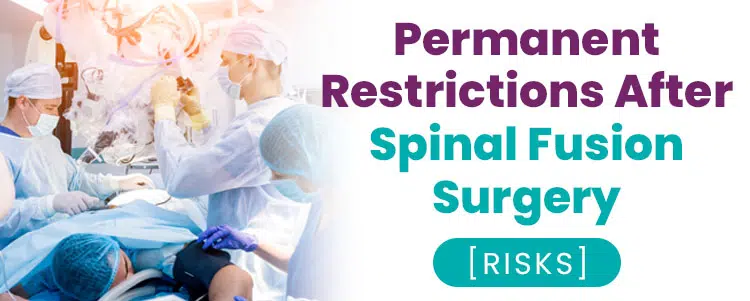

Permanent Restrictions After Spinal Fusion Surgery [RISKS]
Surgeries often come with risks. Spinal Fusion Surgery is one of those risky surgeries and often comes with restrictions to the patient’s range of motion and overall health.
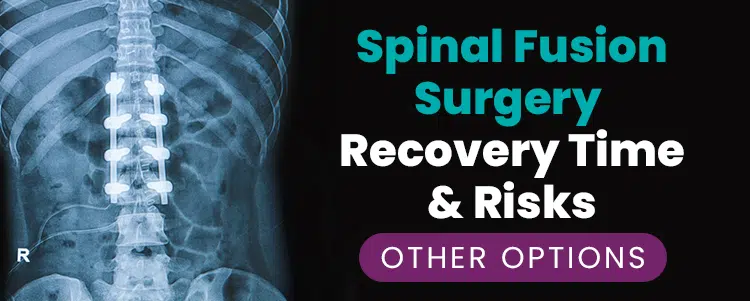

Spinal Fusion Surgery Recovery Time & Risks [OTHER OPTIONS]
Spinal Fusion as a treatment for scoliosis has many risks, it is invasive and has a lengthy recovery period.
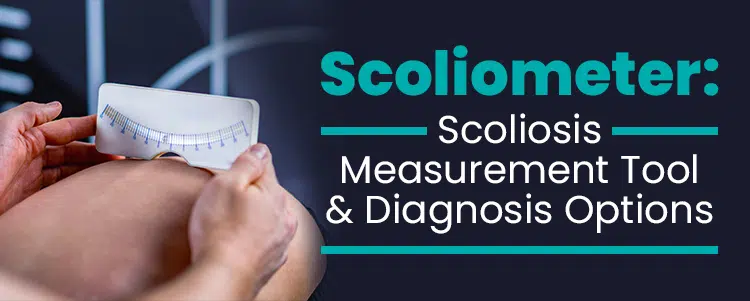

Scoliometer: Scoliosis Measurement Tool & Diagnosis Options
There are many tools used to diagnose scoliosis. The scoliometer, for example, measures the rotation angle in scoliosis when aiding the Adam’s Forward Bending Test.
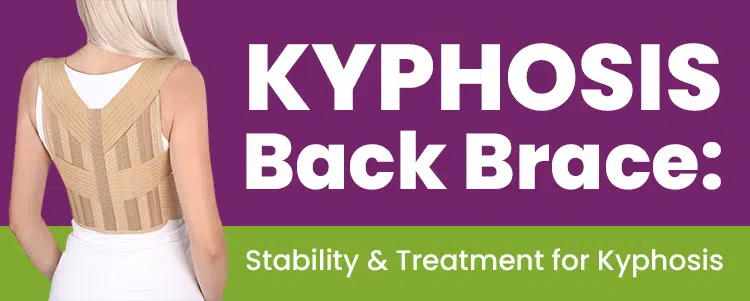

Kyphosis Back Brace: Stability & Treatment for Kyphosis
Bracing is a usual practice in the treatment of kyphosis and scoliosis. It helps correct the curve and maintain any reduction accomplished with other parts of the treatment.
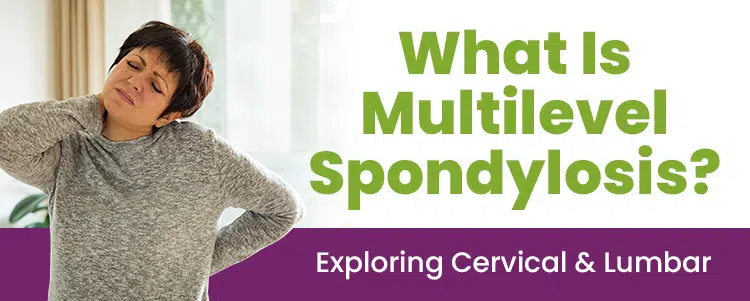

What Is Multilevel Spondylosis? Exploring Cervical & Lumbar
When thinking of the umbrella of spinal conditions that cause pain that involve spinal degeneration on multiple segments of the spine, this is a multilevel spondylosis.
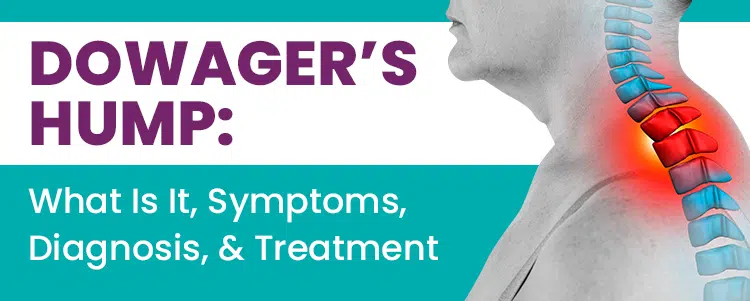

Dowager’s Hump: What Is It, Symptoms, Diagnosis, & Treatment
When an excessive kyphosis develops, commonly known as roundback, that is when patients’ are at risk of a Dowager’s hump to appear.
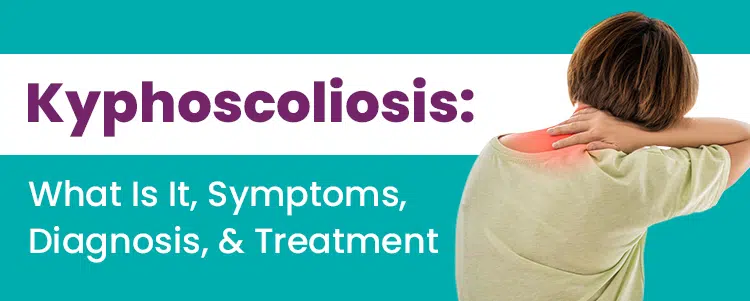

Kyphoscoliosis: What Is It, Symptoms, Diagnosis, & Treatment
We often find spinal condition combinations; kyphoscoliosis is one of those conditions.
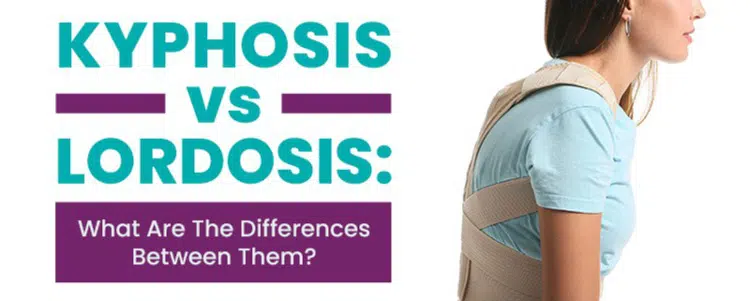

Kyphosis vs Lordosis: What Are The Differences Between Them?
Multiple conditions impact the spine and its correct posture. Kyphosis and lordosis are two commonly known conditions that affect the healthy curves of the spine.
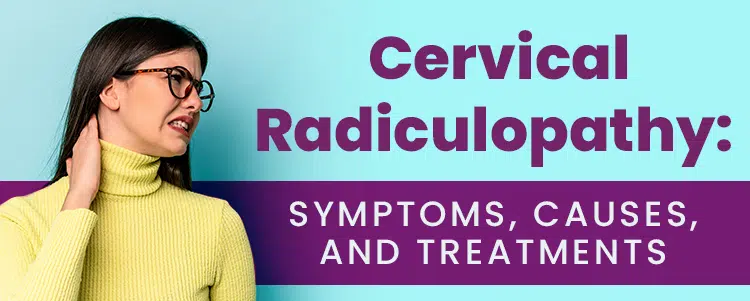

Cervical Radiculopathy: Symptoms, Causes, and Treatments
When the cervical spine is compressed, nerve roots become affected, causing pain and impacting the neurological function of the spine.